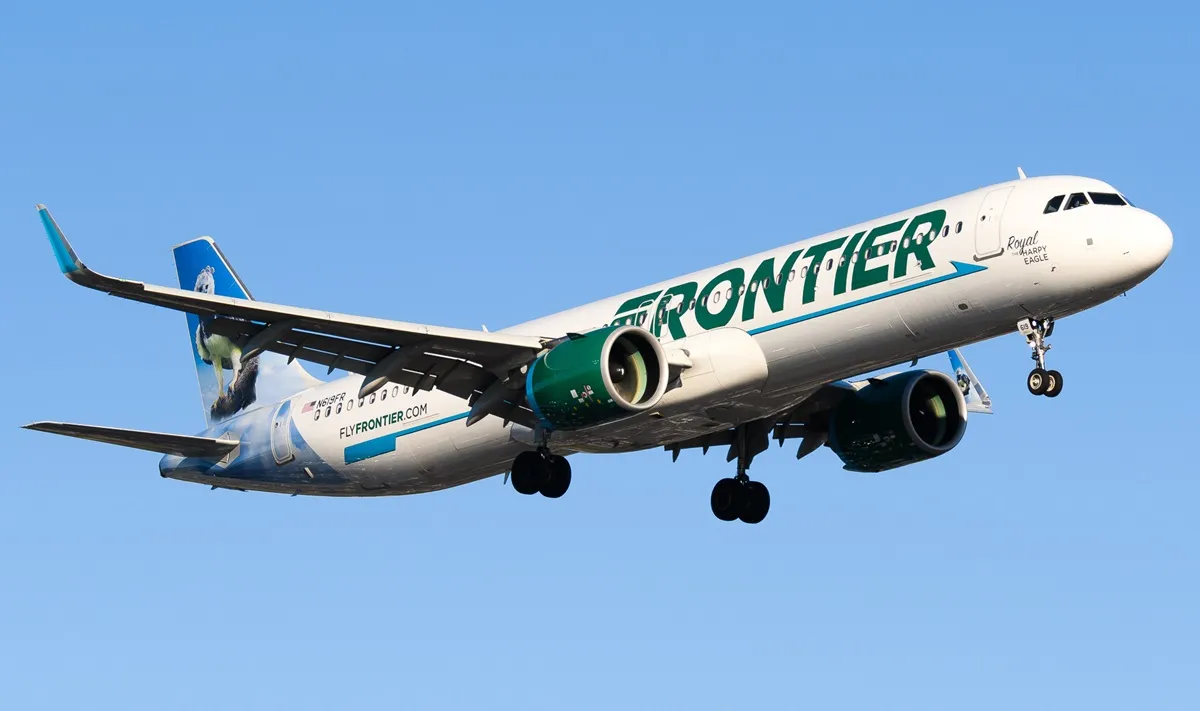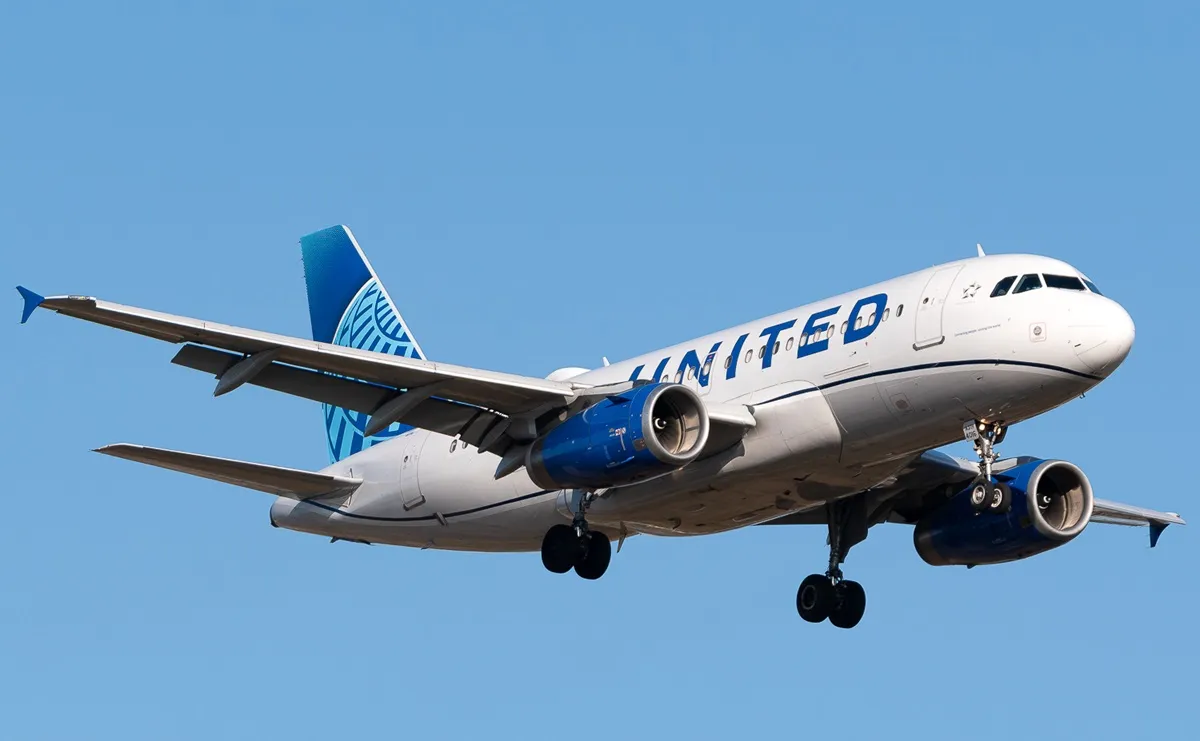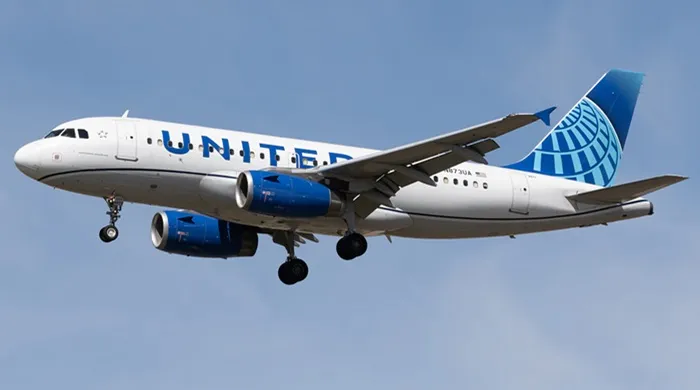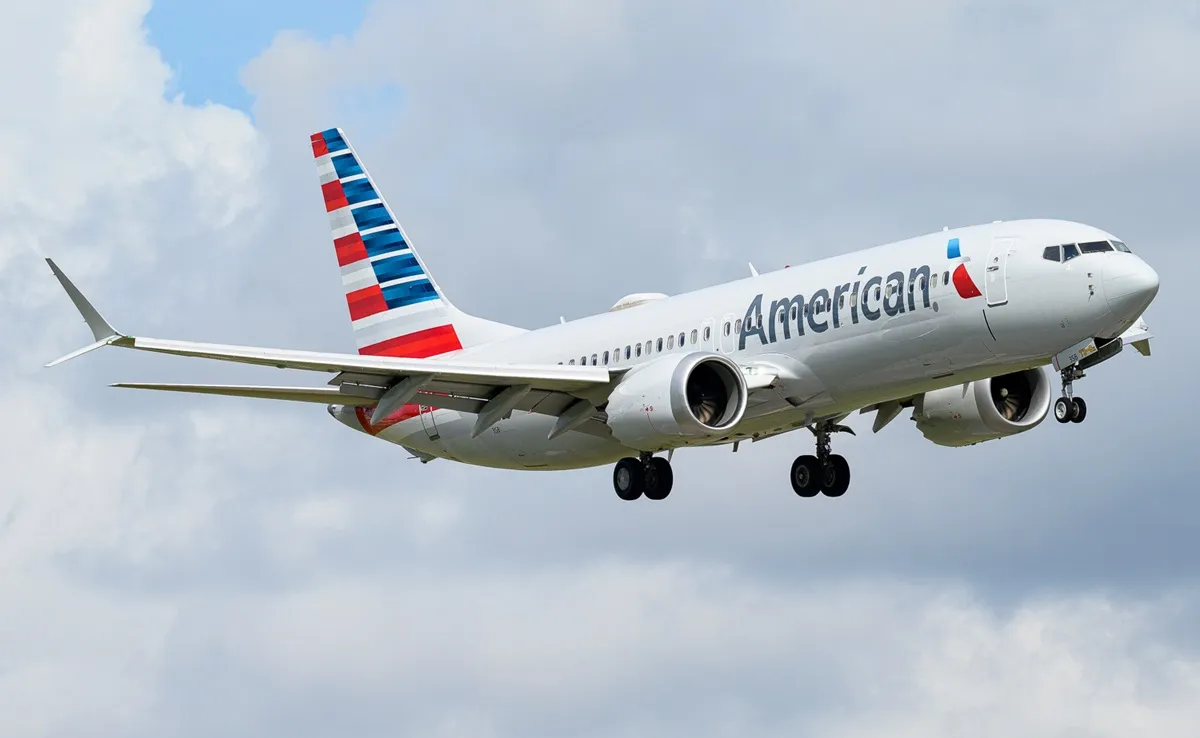Airfare has increased exponentially in the last several years
This article will explore several macro and micro reasons Americans will see much higher ticket prices this year and potentially beyond. The main reasons are as follows.
Supply-chain and delivery woes
Since the C.O.V.I.D.-.1.9 pandemic wreaked havoc on the global airline industry nearly five years ago, major aircraft manufacturers have struggled to deliver aircraft promptly.
Supply chain issues coupled with labor disputes have crippled Airbus , Boeing , and engine manufacturer Pratt & Whitney immensely.
Airbus and Boeing planned to increase their narrowbody production rates to satisfy airlines' fleet growth plans. After the pandemic, Airbus and Boeing planned to produce over 50 aircraft per month.
Putting extreme pressure on each manufacturer's long list of suppliers. Many of these major aircraft manufacturers' suppliers have specific aircraft parts back ordered as they do not have as much lead time to be created as they once did.
This results in the airframe being unable to be completed for delivery.
According to ch-aviation, in 2024, Southwest Airlines was supposed to receive 46 Boeing 737 MAX 8 aircraft, but only 20 were delivered, stunting the low-cost carriers' future growth plans.
"We remain in close contact with Boeing as the manufacturer continues to refine its delivery schedule." - Southwest Airlines
Airline seat oversupply
In the wake of the pandemic, many of the US's major airlines dumped massive amounts of capacity into leisure markets in places like Florida and the Caribbean.
Post-pandemic, Americans travel less for work and more for vacation. "Revenge travel" was a significant trend the market saw in 2022 as most Americans took trips they canceled or delayed during the pandemic.
Available seat miles are a measure of an aircraft's carrying capacity available to generate revenue for an airline. These seat miles are calculated by multiplying the number of seats an aircraft is selling by the number of miles an aircraft will be traveling on a specific route.
ASM is a cardinal metric for investors analyzing airlines because ASM helps measure which airlines are best at generating seat revenue.
|
August 2023 ASMs: |
August 2024 ASMs: |
|---|---|
|
157,057 |
162,704 |
In the second half of 2024, US airlines decided to reduce their capacity to help cope with an oversupplied domestic market, which resulted in airlines having to charge lower fares, reducing their overall profits. If airlines continue to reduce capacity, fares will continue to rise.
A consolidated industry
Now more than ever, Americans have even fewer choices for air travel. Today, the US marketplace only sees 8 major airlines. According to the US Bureau of Transportation, in October of 2024, "The big four" airlines (American, Delta, Southwest, and United) accounted for nearly 70% of US domestic ASMs.
Only 30% of the ASMs were left to the Alaska Air Group, Frontier Airlines , JetBlue , and Spirit Airlines . Unfortunately, fewer choices allow airlines to raise their fares.
Since the 1978 Airline Deregulation Act, many airlines have consolidated in efforts to either stay alive or increase their market share, resulting in fewer options for travelers and, in turn, creating higher fares for many Americans alike.
With fewer airlines to choose from, airlines can exercise their pricing power on markets they monopolize. Essentially, if a specific airline is the only carrier that flies a certain route, they can charge almost any price for their seats.
The table below displays a list of "monopoly" routes operated by the "US3".
|
Airline: |
Route: |
January 2025 Frequency: |
|---|---|---|
|
American Airlines |
CLT-SFO |
3-4x Daily |
|
Delta Air Lines |
ATL-SYR |
3x Daily |
|
United Airlines |
RDU-SFO |
1-2x Daily |
Jet fuel pricing is volatile
Fuel is one of an airline's most significant expenses when operating its business. Fuel would not be considered a fixed cost for an airline because the price of fuel is constantly fluctuating.
Political and geopolitical issues can also affect fuel prices in either direction. Cheaper fuel contributes very much to an airline's bottom line in a positive way.
Airlines are always looking for cheaper ways to get fuel. "Hedging" is a method many airlines use to procure cheaper fuel. To hedge fuel means an airline will buy a significant amount of fuel at a fixed price for future delivery.
However, they don't have much control over fuel prices. Higher fuel prices can harm consumers as the price of airline tickets will likely surge.
In 2019, Delta's Pennsylvania refinery generated over 1 billion dollars in revenue. Roughly 80% of the facility's output is gasoline and diesel. Specifically, the refinery supplies fuel for Delta's New York operation.
Delta has saved nearly 20 cents per gallon on jet fuel, proving that the refinery endeavor has and will continue to pay dividends.
Understanding airline ticket pricing strategy
According to OAG, airline ticket pricing varies drastically. Fare price is determined by a hierarchy of "booking classes", containing data defining the specific fare level a consumer will pay.
Obviously, airlines want to optimize their revenue as much as possible, so each carrier must adjust their booking classes and control the fare availability. Airlines often use three major strategies.
- Static Pricing: When price points are created for a specific customer demographic.
- Dynamic Pricing: A pricing structure created based on current market conditions.
- Continuous Pricing: The process of dynamically adjusting fares in response to contextual signals.
Air travel can still be affordable
On January 28, Expedia published its annual "Air Hacks Report," informing the traveling public on how they can save money on their travel accommodations in 2025.
Notably, the Airline Reporting Corporation's data revealed that August is now the cheapest month to travel, and February and March are the most expensive.
I was surprised to learn that August is now the cheapest month to travel as August is a peak summer month. However, it does not surprise me that March will be a more expensive month to travel, as American spring break traditionally occurs in March.
Expedia also reported that Sunday is the best day to book air travel as consumers can score the lowest possible fares. Domestic travelers can save nearly 6%, whereas international travelers can save a whopping 17%.
Booking travel with a Tuesday departure can also save you money, as Tuesdays are the slowest travel day of the week. Data from the DOT, historically, shows that most major American airports have the lowest number of passenger enplanements. If you can, travel on a Tuesday.
New international destination to explore in 2025
United Airlines will offer service to many new and exotic destinations later this year. Many of these destinations have yet to be explored by most Americans, and the airline could offer lower introductory fares to stimulate the demand for these new markets.
According to Travel + Leisure, United will launch flights to two countries no US airline currently serves. The Star Alliance carrier will serve these routes during the Spring/Summer season.
Most notably, United will begin serving Nuuk, Greenland & Ulaanbaatar, Mongolia. Nuuk will be served from its Newark (EWR) hub, and Ulaanbaatar will be served from Tokyo (NRT). The full list of United's new routes is available below.
|
New Destination: |
City Pair: |
Frequency: |
Service Start Date: |
|---|---|---|---|
|
Ulaanbaatar, Mongolia |
NRT-UBN |
Three times weekly |
5/2/2025 |
|
Kaohisung, Taiwan |
NRT-KHH |
Daily |
7/11/2025 |
|
Dakar, Senegal |
IAD-DSS |
Three times weekly |
5/23/2025 |
|
Nuuk, Greenland |
EWR-GOH |
Twice Weekly |
6/14/2025 |
|
Palermo, Italy |
EWR-PMO |
Three Times Weekly |
5/22/2025 |
|
Bilbao, Spain |
EWR-BIO |
Three Times Weekly |
5/31/2025 |
|
Madeira Island, Portugal |
EWR-FNC |
Three times weekly |
6/7/2025 |




